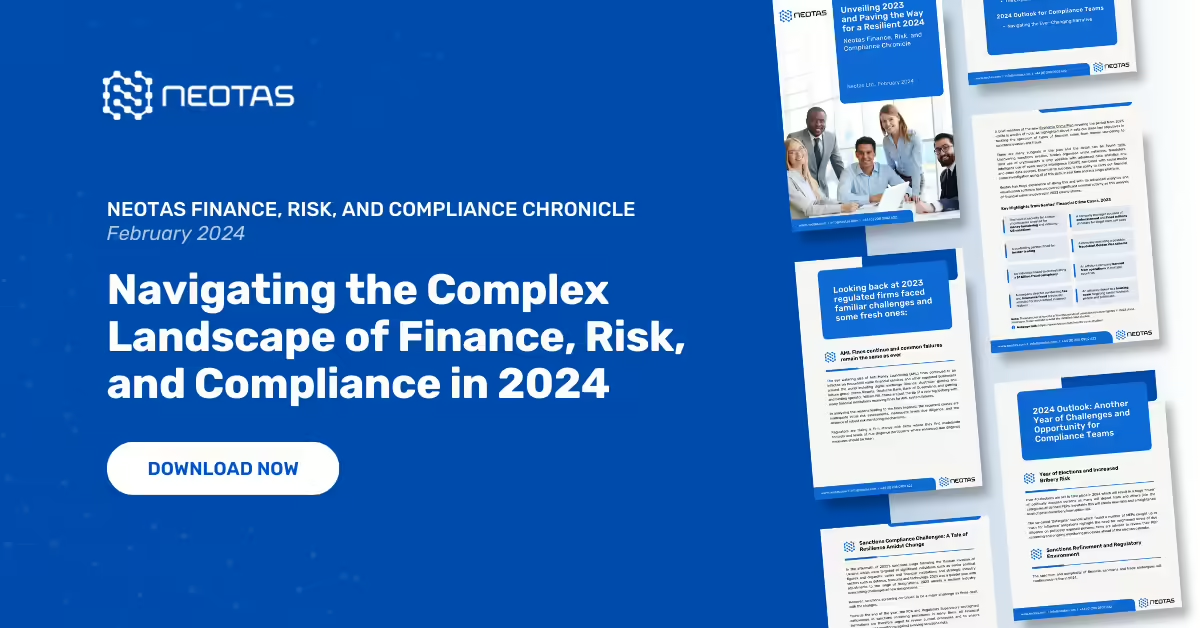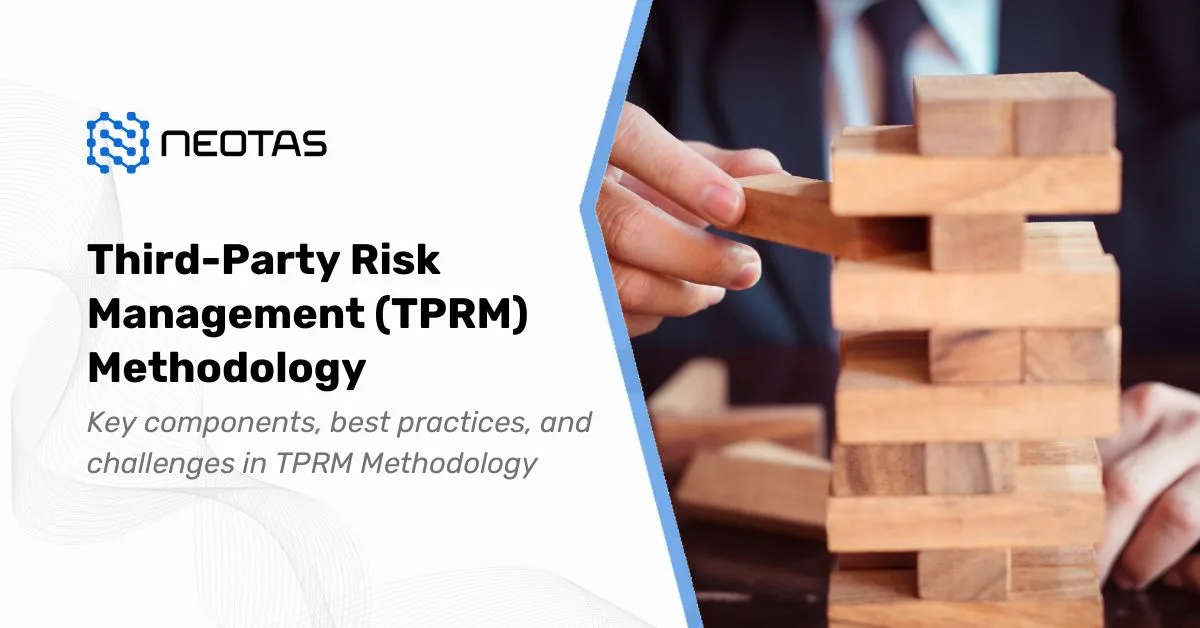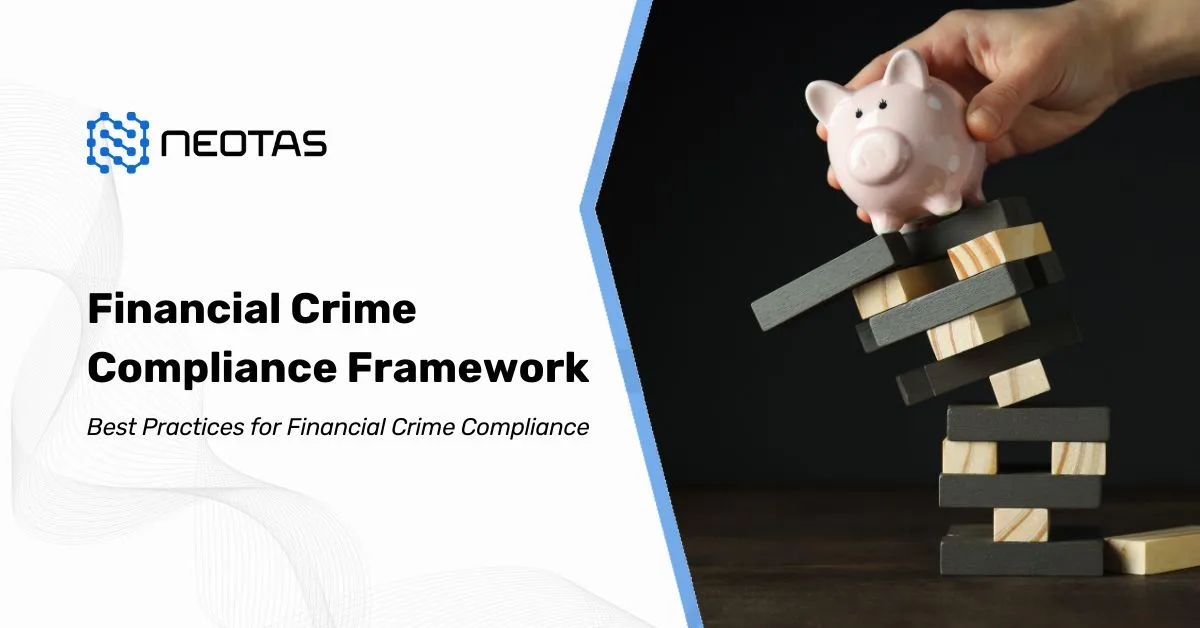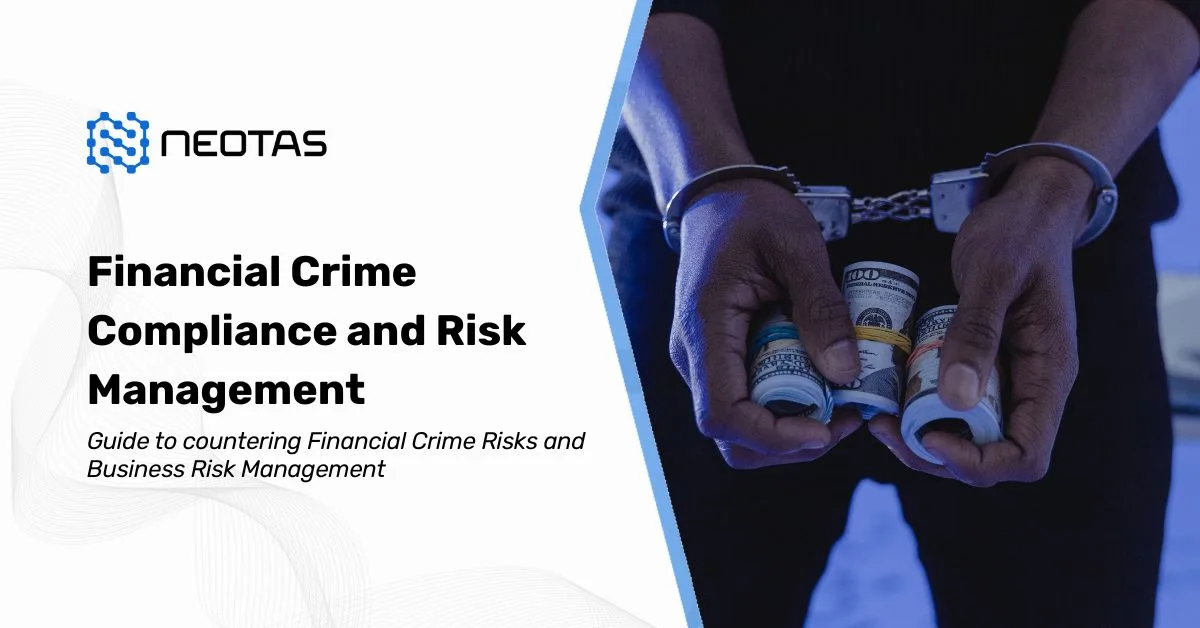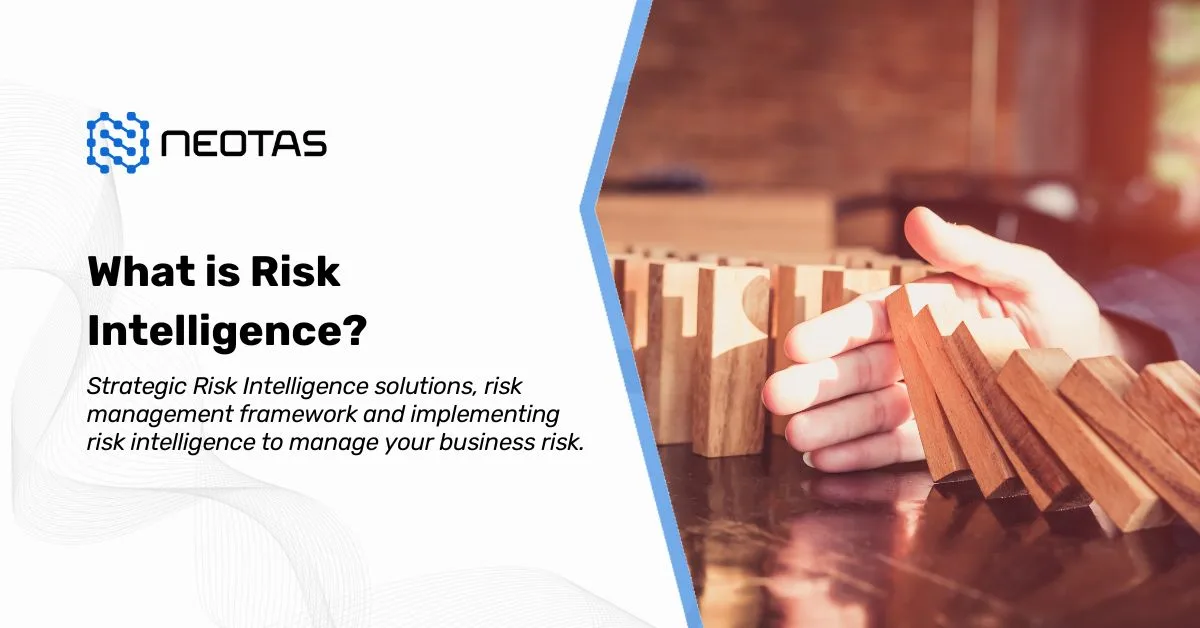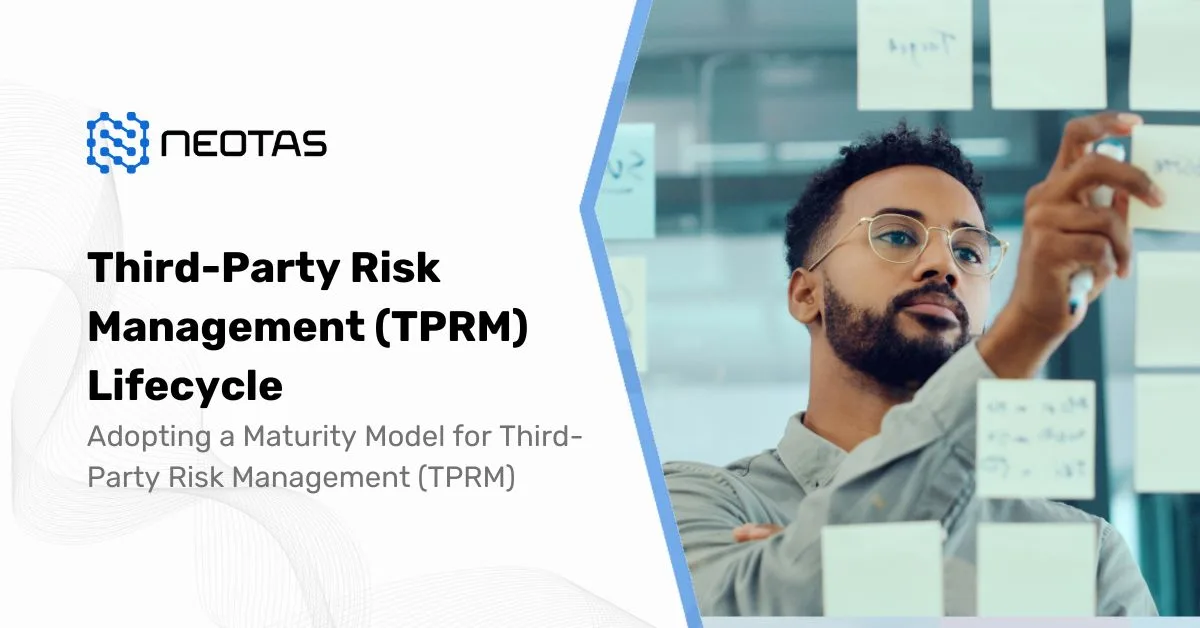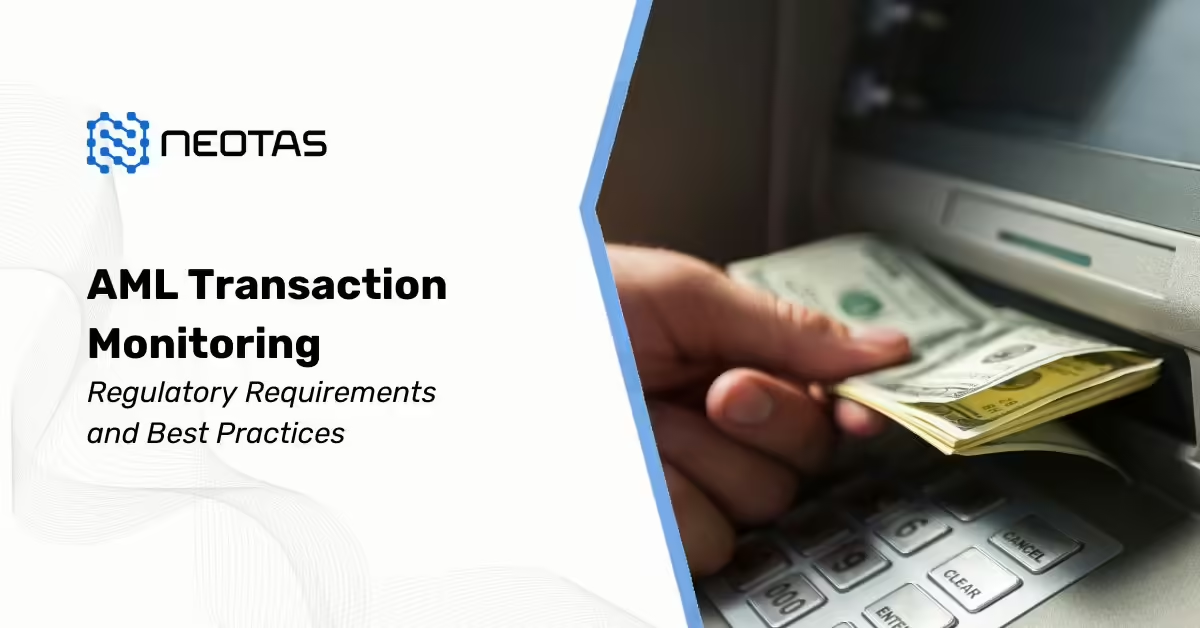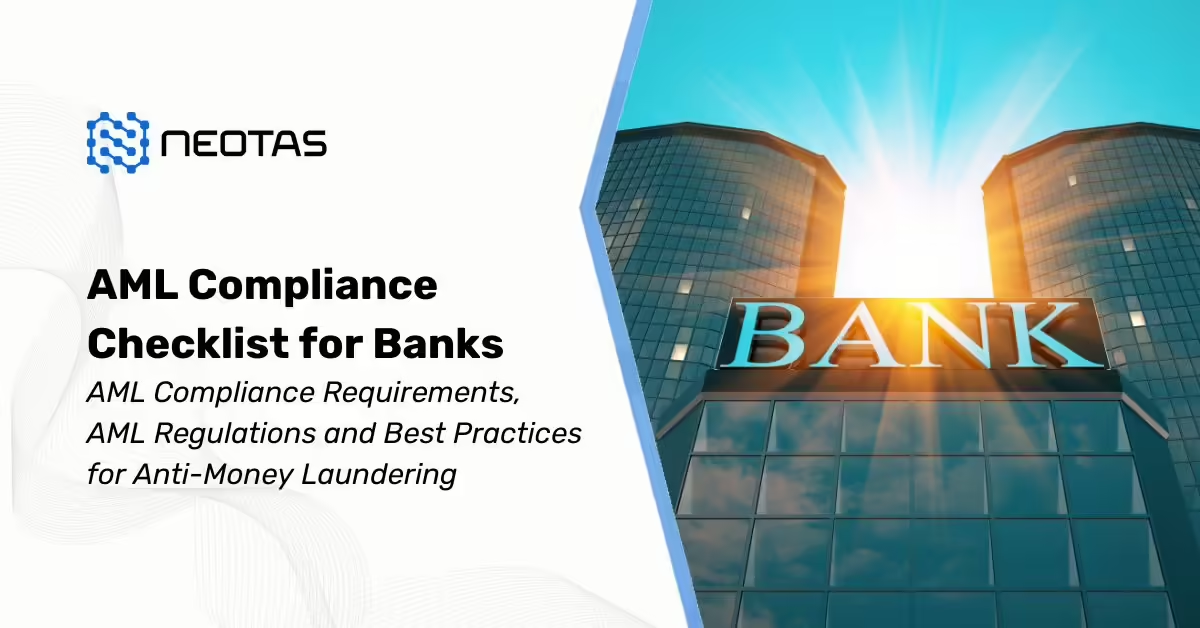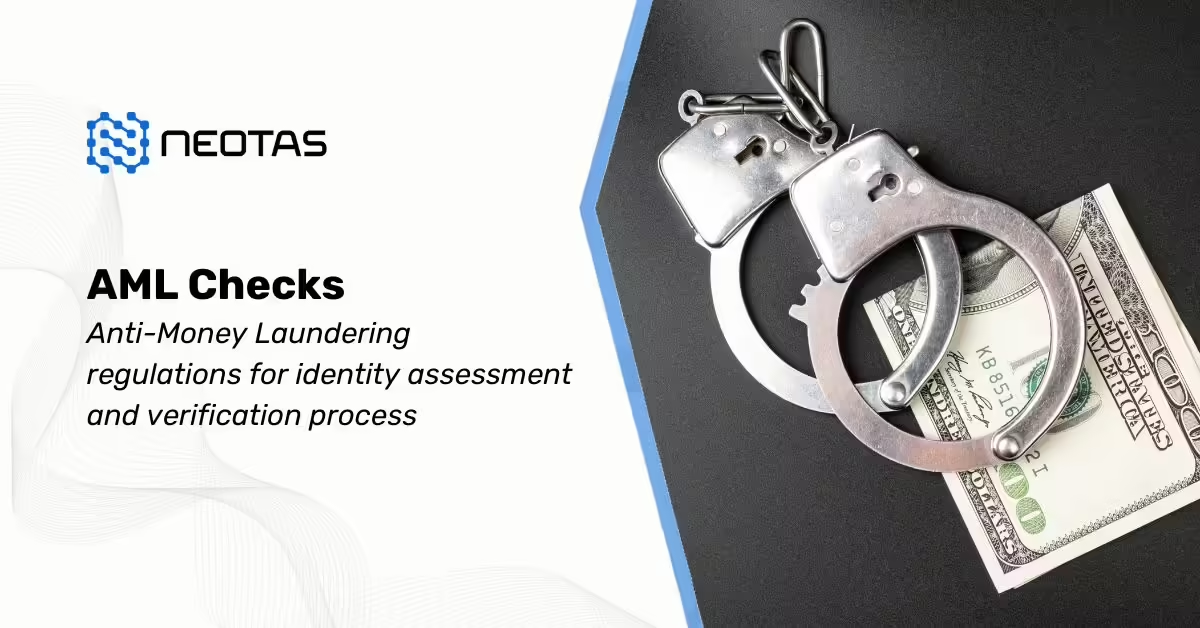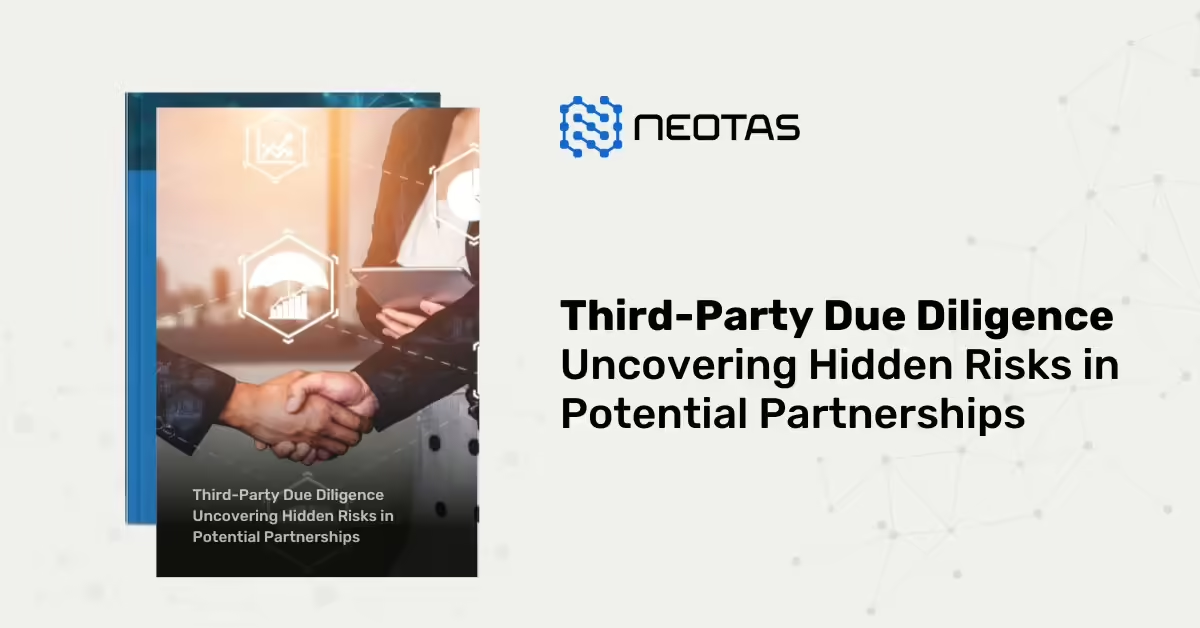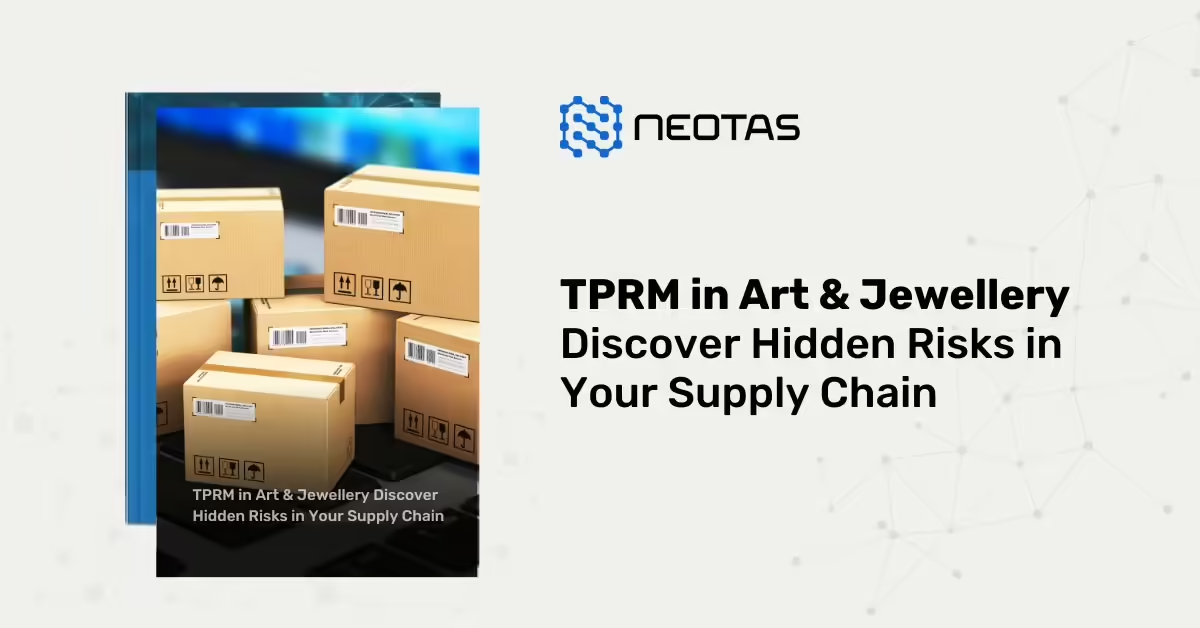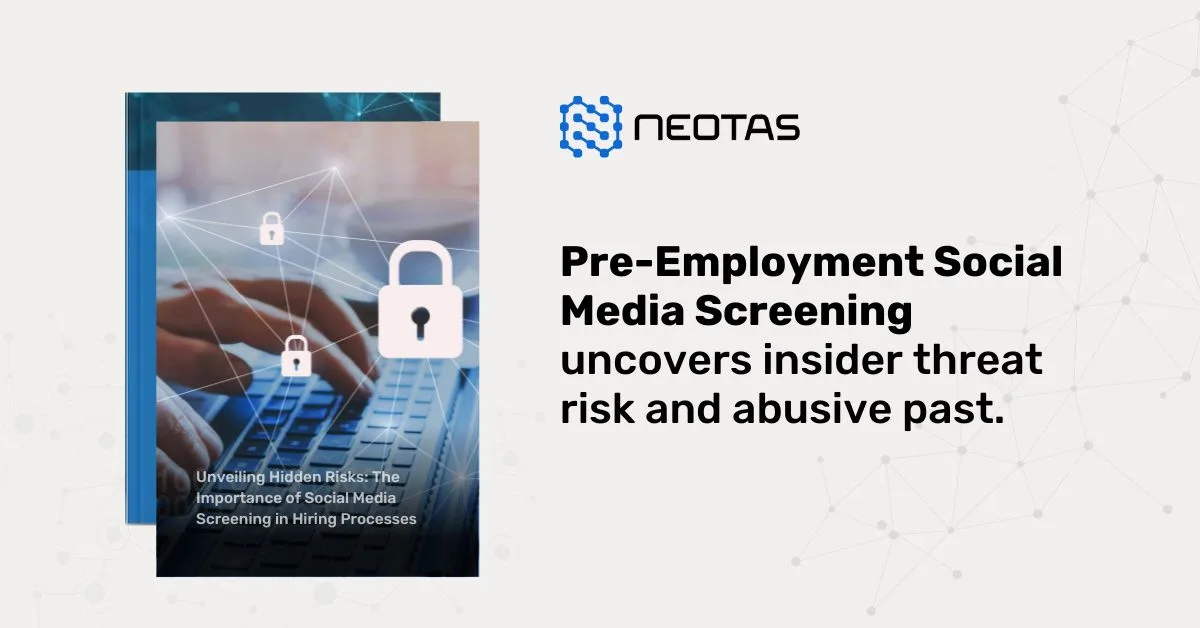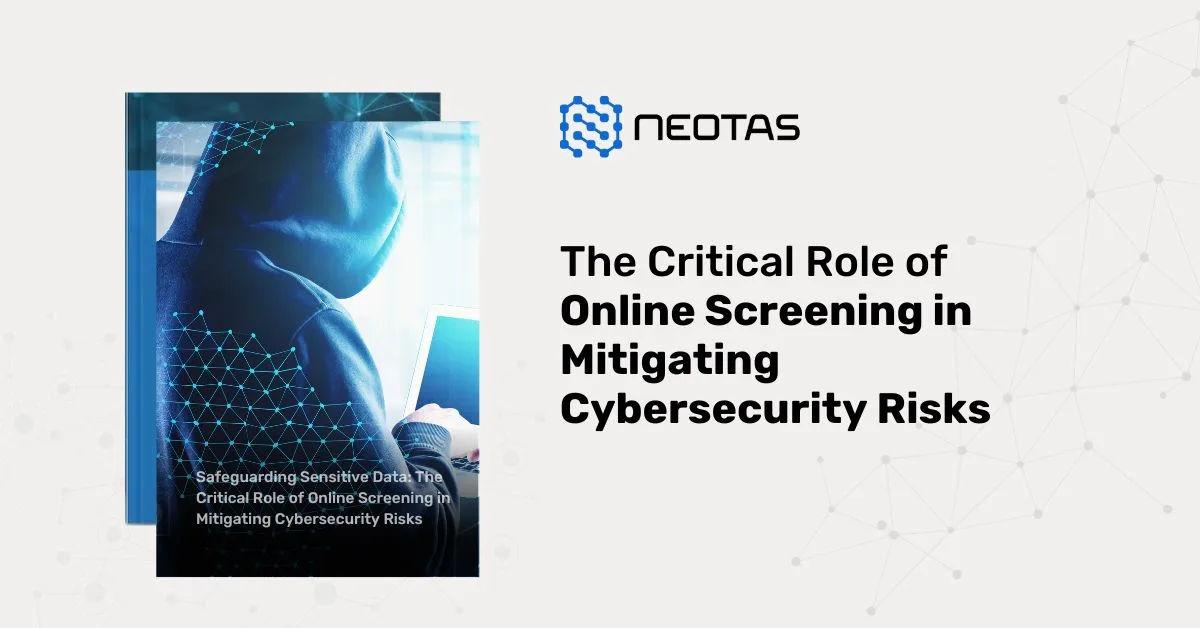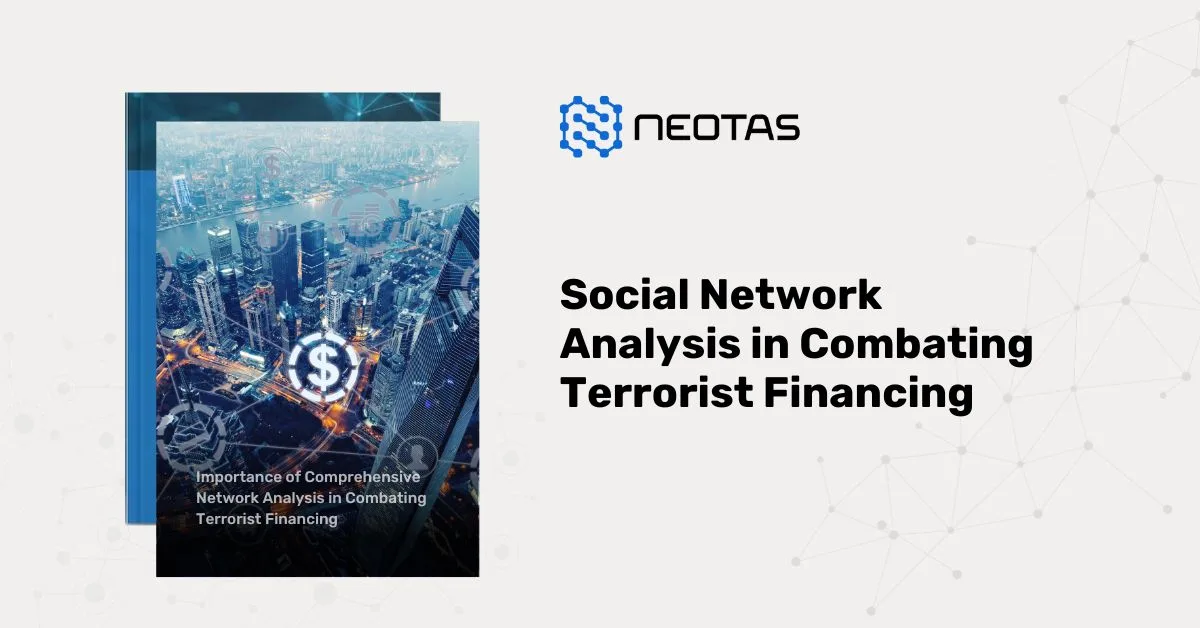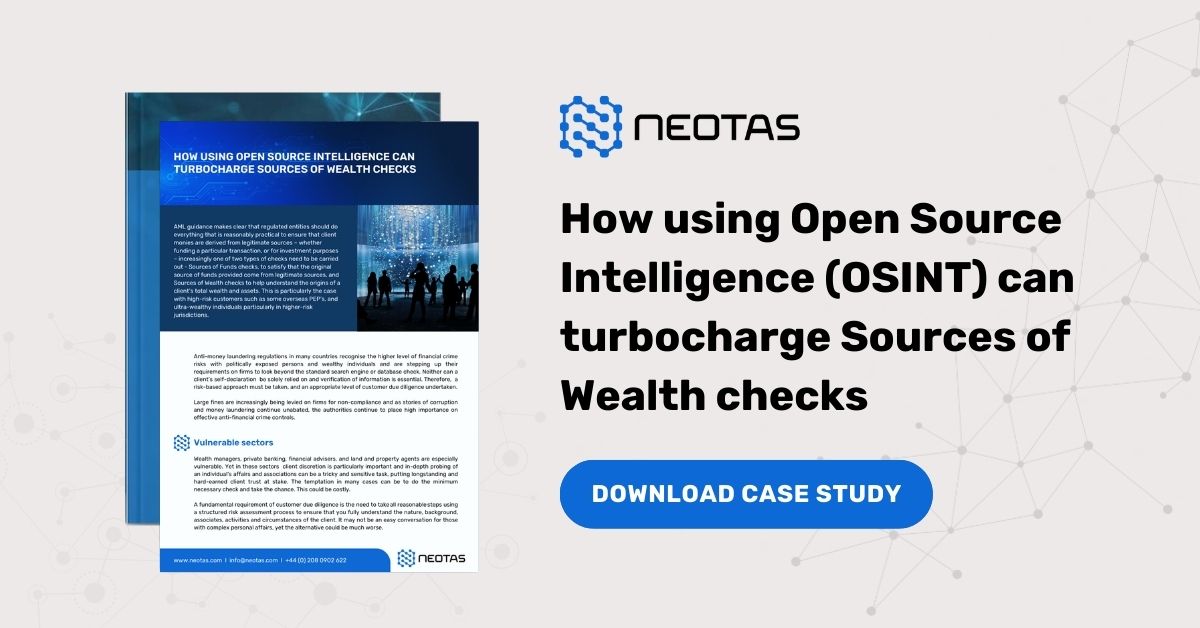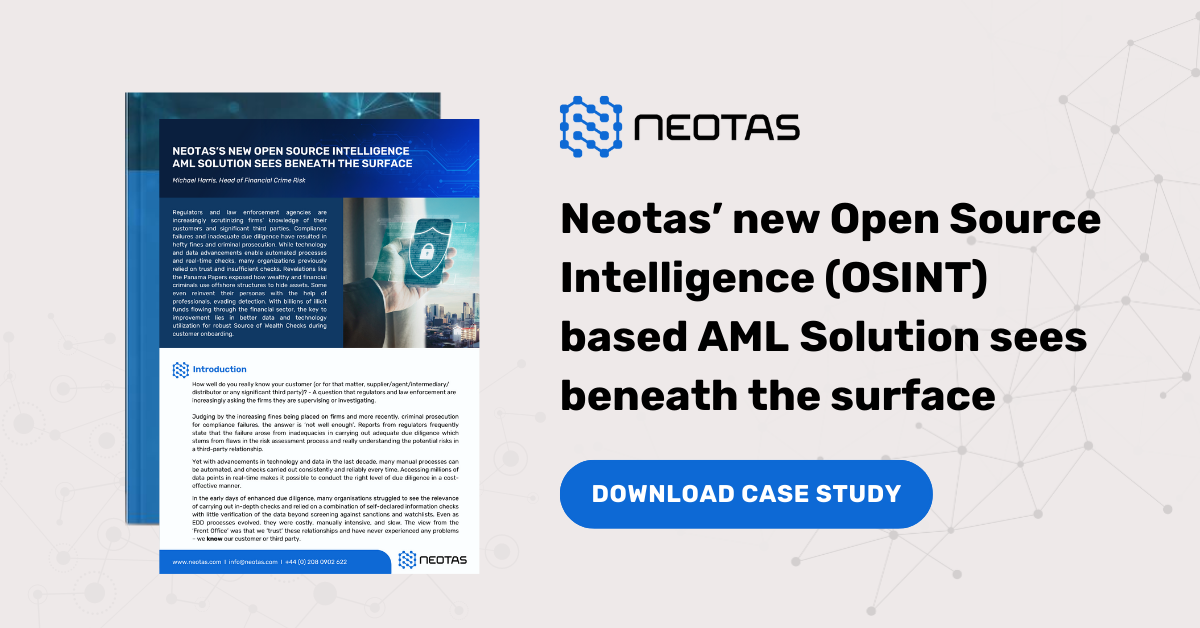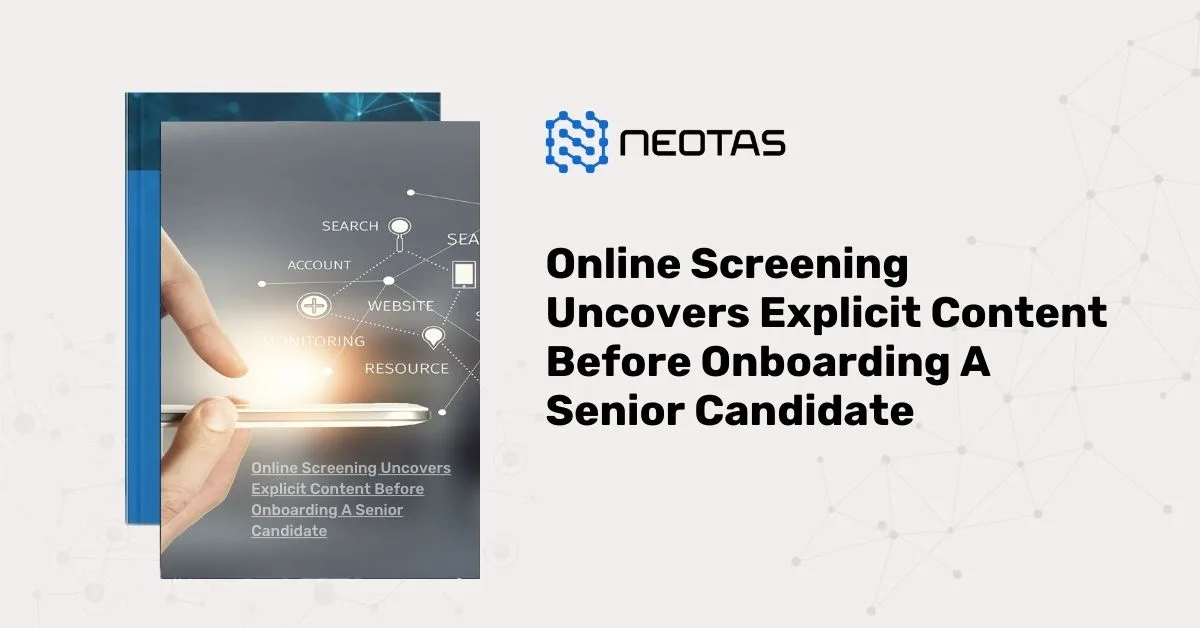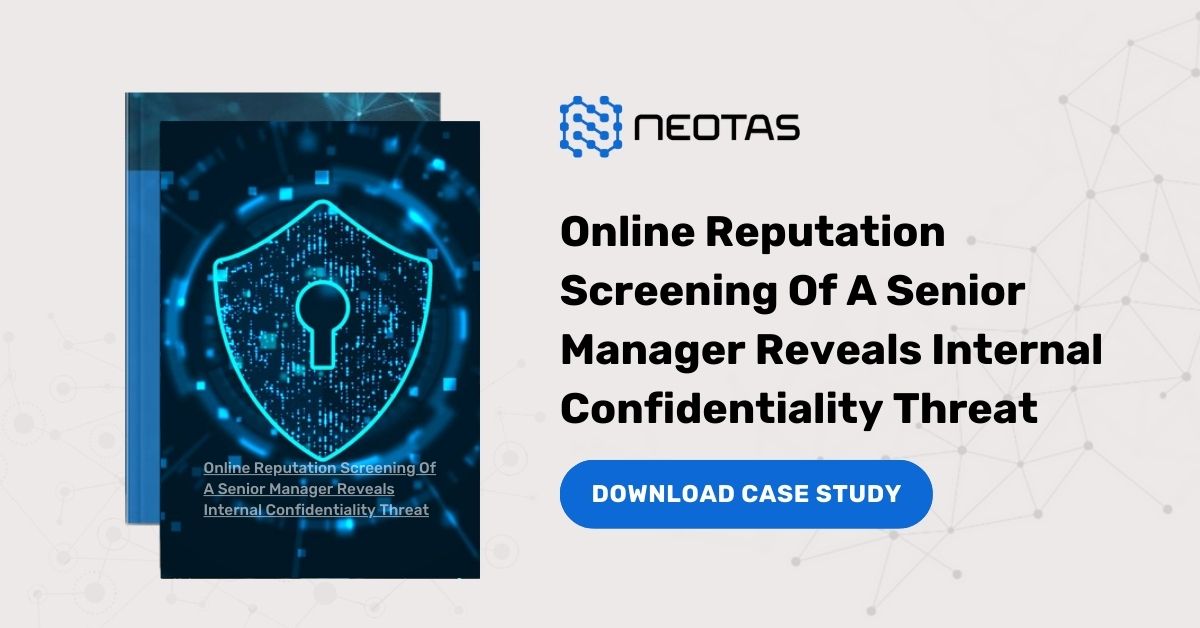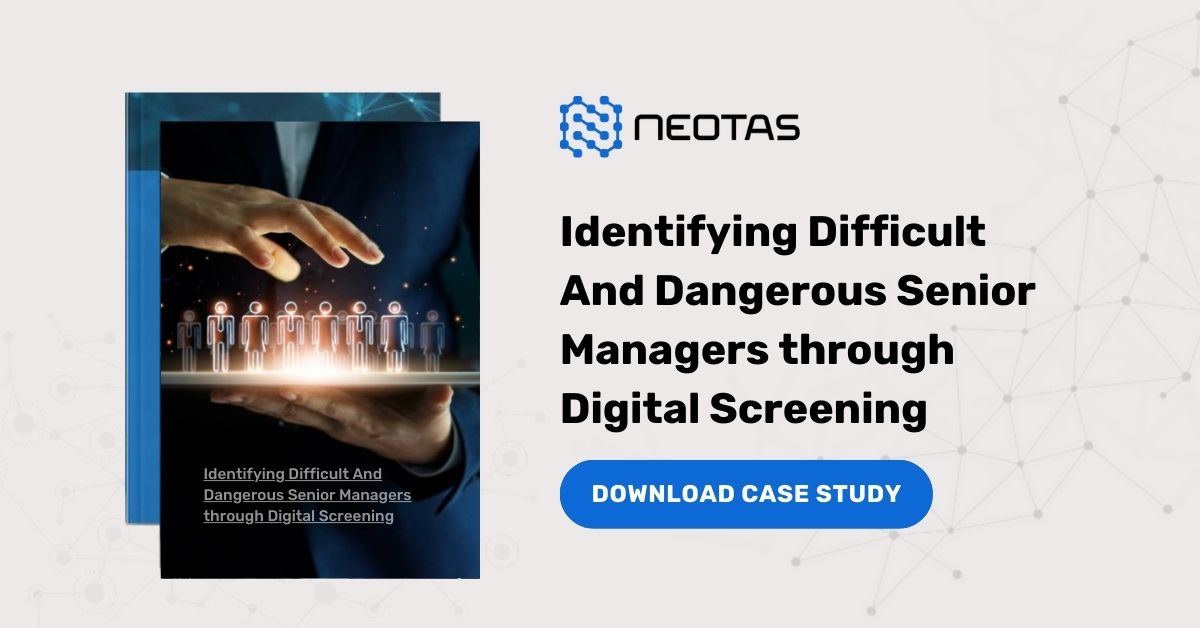What are the common challenges in TPRM?
Implementing an effective Third-Party Risk Management (TPRM) program can present various challenges that organizations must navigate to ensure a comprehensive and successful approach. While the benefits of TPRM are well-established, addressing these common challenges is crucial for mitigating risks and fostering resilient third-party relationships. In this discourse, we shall explore some of the prevalent challenges organizations may encounter during the TPRM lifecycle.
1. Vendor Visibility and Inventory Management:
One of the initial hurdles in TPRM is gaining a comprehensive understanding of the organization’s third-party ecosystem. Identifying and maintaining an up-to-date inventory of all third-party relationships can be a daunting task, especially for large enterprises with complex supply chains and numerous vendors. Incomplete or inaccurate vendor inventories can lead to blind spots, potentially exposing the organization to unidentified risks.
2. Lack of Standardized Risk Assessment Methodologies:
Implementing a consistent and standardized approach to assessing third-party risks can be challenging, particularly when dealing with a diverse range of vendors and services. Developing robust risk assessment frameworks that accurately capture the unique risks associated with each third-party relationship requires significant expertise and collaboration across various departments, such as procurement, legal, information security, and compliance.
3. Resource Constraints and Scalability:
Conducting thorough due diligence, risk assessments, and continuous monitoring of third-party relationships can be resource-intensive, both in terms of personnel and technology. Smaller organizations or those with limited budgets may struggle to allocate sufficient resources to implement a comprehensive TPRM program effectively. Additionally, as the number of third-party relationships grows, scaling TPRM activities can become a significant challenge.
4. Third-Party Cooperation and Information Sharing:
Effective TPRM relies heavily on the cooperation and transparency of third-party entities. Obtaining accurate and timely information from vendors regarding their security practices, incident response protocols, and risk mitigation strategies can be challenging, especially if they are reluctant to share sensitive or proprietary information. Building trust and fostering open communication with third parties is essential for a successful TPRM program.
5. Regulatory Complexity and Compliance Challenges:
Organizations operating in regulated industries must navigate a complex web of industry-specific regulations and compliance requirements related to third-party risk management. Ensuring adherence to these regulations and maintaining compliance across multiple jurisdictions and industries can be a formidable task, particularly when third-party relationships span multiple geographies.
6. Continuous Monitoring and Risk Reassessment:
TPRM is an ongoing process that requires continuous monitoring and periodic reassessment of third-party risks. Keeping pace with changes in the risk landscape, vendor performance, and emerging threats can be challenging, especially when dealing with a large number of third-party relationships. Implementing robust monitoring mechanisms and establishing clear processes for risk reassessment is crucial but can strain resources.
7. Integration and Data Management Challenges:
Effective TPRM often involves integrating data from multiple sources, including vendor risk assessments, security ratings, incident reports, and performance metrics. Managing and analyzing this diverse data set can be complex, particularly when dealing with disparate systems and data formats. Ensuring data accuracy, consistency, and accessibility throughout the TPRM lifecycle is a significant challenge.
8. Cultural Resistance and Change Management:
Implementing a comprehensive TPRM program may require significant cultural shifts within an organization. Overcoming resistance to change, fostering a risk-aware culture, and promoting cross-functional collaboration can be challenging, especially in organizations with siloed operations or deeply entrenched processes.
9. Vendor Risk Prioritization and Resource Allocation:
With limited resources and varying levels of risk exposure, organizations must prioritize their TPRM efforts and allocate resources effectively. Determining which third-party relationships pose the highest risk and require immediate attention can be a complex decision-making process, involving multiple stakeholders and careful consideration of various risk factors.
10. Evolving Threat Landscape and Emerging Risks:
The landscape of third-party risks is constantly evolving, with new threats and vulnerabilities emerging regularly. Staying ahead of these emerging risks and adapting TPRM strategies accordingly is an ongoing challenge. Organizations must remain vigilant, embrace continuous learning, and foster agility in their TPRM programs to effectively mitigate emerging risks.
By acknowledging and proactively addressing these common challenges, organizations can better prepare themselves to implement a robust and sustainable TPRM program. Adopting best practices, leveraging technology solutions, fostering collaboration, and promoting a risk-aware culture can help overcome these hurdles and ensure effective management of third-party risks. Ultimately, a successful TPRM program requires a dedicated and coordinated effort across the organization, supported by strong leadership commitment and a continuous improvement mindset.
Read more about Third-Party Risk, TPRM software, and TPRM processes.
How can Neotas TPRM solutions help?
Neotas offers an innovative solution to businesses grappling with Third-Party Risk Management (TPRM). In an era of increasing outsourcing, TPRM has become pivotal, and Neotas recognises this need. Through our enhanced due diligence platform, businesses can efficiently track and evaluate vendors and contractors, ensuring adherence to security protocols in a cost-effective manner.
The Neotas platform automates the vendor onboarding process, streamlining the addition of new vendors with remarkable ease and speed.
Moreover, Neotas provides a customisable dashboard, enabling businesses to proactively identify and address emerging risks. By consolidating vital vendor information, Neotas facilitates the seamless integration of risk management into existing Customer Relationship Management (CRM) and Supply Chain Management (SCM) systems, ultimately helping businesses maximise profits while minimising risk exposure.
If you’re curious about whether our third-party risk management solutions and services align with your organisation, don’t hesitate to schedule a call. We’re here to help you make informed decisions tailored to your needs.
Third Party Risk Management (TPRM) Solutions:
- Enhanced Due Diligence
- Management Due Diligence
- Customer Due Diligence
- Simplified Due Diligence
- Third Party Risk Management
- Vendor Due Diligence
- Open Source Intelligence (OSINT)
- Introducing the Neotas Enhanced Due Diligence Platform
Third Party Risk Management (TPRM) Case Studies:
- Third Party Risk Management (TPRM) Using OSINT
- Open-source Intelligence For Supply Chain – OSINT
- ESG Risk Management Framework with Neotas’ OSINT Integration
- Open Source Intelligence In AML Compliance | Case Study
- Identifying Difficult And Dangerous Senior Managers
- ESG Risk Investigation Uncovers Supply Chain Risks
- Financial Crime Compliance & Risk Management Trends
- Network Analysis Reveals International Links In Credit Risk Case
- Network Analysis and Due Diligence – Terrorist Financing
- Using OSINT For Sources Of Wealth Checks
- ESG Risks Uncovered In Investigation For Global Private …
- PEP Screening: Undisclosed Political Links Uncovered For European Organisation
- Risk-Based Approach (RBA) to AML & KYC risk management
- Anti-Money Laundering (AML)
- Supply Chain Risk Management
- Due Diligence Explained: Types, Checklist, Process, Reports

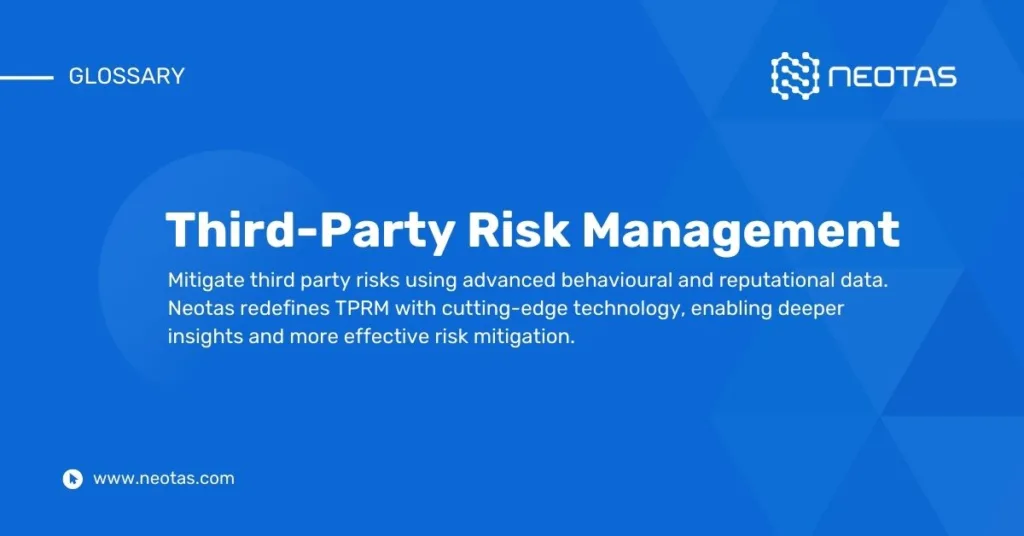

 Financial Crime Compliance Trends 2024
Financial Crime Compliance Trends 2024